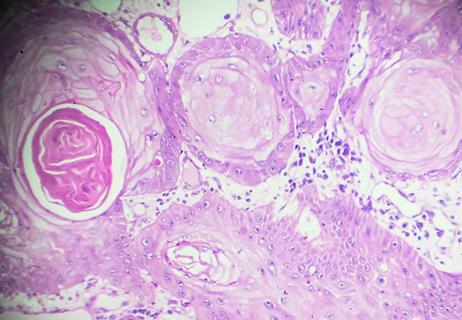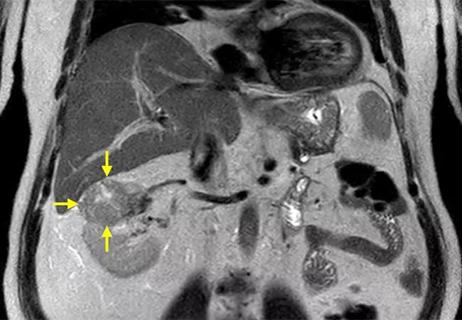Locations:

Modification of traditional staging factors associated with survival in high-risk disease

With a careful technique, surgeons can perform PN for tumors once deemed unresectable

Study examines concordance between commercially available genomic tests
Advertisement
Cleveland Clinic is a non-profit academic medical center. Advertising on our site helps support our mission. We do not endorse non-Cleveland Clinic products or services. Policy
Advertisement